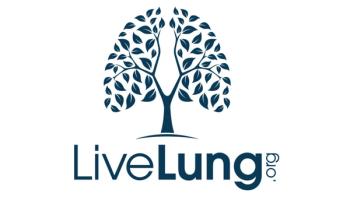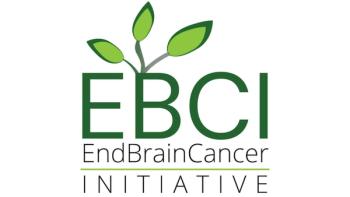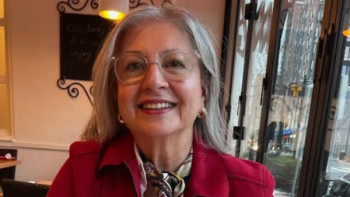
Diagnosing ovarian cancer: Silent or subtle?
Ovarian cancer has no screening to detect the disease. Where breast cancer has mammography and prostate cancer has the PSA test, ovarian cancer has nothing. And its symptoms are vague and can be mistaken for other maladies, which means the majority of women, 61 percent, who receive the diagnosis of ovarian cancer are diagnosed when the disease has already spread to a distant organ. This was brought home at the 16th Annual Meeting of the Ovarian Cancer National Alliance (OCNA) when Dr. Robert Coleman from MD Anderson Cancer Center in Houston went over the advances in treatment for the disease. The slide he showed began with diagnosis and then went to first recurrence and second recurrence. The language he used was "when" the disease recurs, not "if." It's sobering to think that lack of attention to our bodies, which many of us are guilty of in our busy lives, could mistake bloating and abdominal pain for irritable bowl syndrome, and feeling full too quickly as something positive not to be questioned. And how many of us would ignore needing to pee frequently or urgently as a sign we are getting older, dismissing it until it's too late. This is what ovarian cancer survivors face, and a huge challenge is getting physicians to stop dismissing these symptoms but to see them as a big red flag that it might be ovarian cancer. At lunch yesterday I listened to a number of stories about delayed diagnosis. In one case I asked a woman why she was here. She said it was because her sister-in-law died of ovarian cancer, and she was the one who finally diagnosed it. As a health care educator, she knew the symptoms that her sister-in-law was experiencing could be ovarian cancer, but her physician kept telling her it was something else. By the time she was diagnosed it was too late. To combat this problem the OCNA began a really phenomenal program in 2002 in New York where survivors speak to medical students about these vague symptoms and that they shouldn't dismiss them. Called Survivors Teaching Students: Saving Women's Lives, this unique program today reaches 10,000 medical professionals a year, including medical students, nursing students, physician assistants, nurse practitioners and a smattering of other health care professionals. Susan Leighton, national program director for the program, says the 680 current volunteers are trained how to present their stories and drive the message home about the risk factors and the symptoms. "Each volunteer submits her story to us and we approve it," Leighton says. "Once trained three survivors meet with students and tell their story. A facilitator helps bring the message home."Currently volunteers are teaching students at 80 medical schools, 50 nursing schools, 13 physician programs and 7 nurse practitioner programs. In addition, they teach at 6 other programs, including pharmacy schools."We also like to talk to pharmacists," Leighton says. "They may be prescribing for something that could be a symptom."Leighton says the program works, and information gathered by the Department of Health in New York showed that medical students said they had diagnosed women with ovarian cancer earlier when they became doctors because they remembered the stories of the women. A good program and one that every medical professional should hear.





